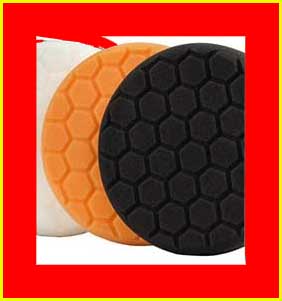hd78half
Click here to upgrade
- Reaction score
- 1
- Thunderbird Year
- 1956
Our '56 Bird is making a knocking noise. Has been doing this since acquisition 3 years ago but seems to be louder this year.
Checking with a good stethoscope now indicates that the noise is coming from the area of torque converter. Engine and transmission were recently rebuilt and it doesn't seem to be a bearing noise - the oil pressure is good and there's no change in the noise whether the engine is cold or warm.
Checking with a good stethoscope now indicates that the noise is coming from the area of torque converter. Engine and transmission were recently rebuilt and it doesn't seem to be a bearing noise - the oil pressure is good and there's no change in the noise whether the engine is cold or warm.
Last edited by a moderator:


